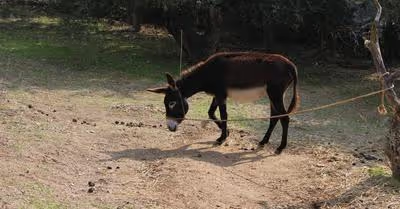Table of Contents
Estimating the Weight of Mt. Everest
In estimating the weight of Mt. Everest, it’s important to note that various assumptions have to be made. The most important assumption is that the mountain is cone-shaped. This is essential in calculating its volume.
When calculating the volume of a cone, a third of its base area is multiplied by its height. The radius of the mountain has to be squared. This gives an average of 25 miles, which is then multiplied by pi then divided by three. The result will give you 547 million square feet. You should then multiply this by the height to give you a volume of 2.1 trillion cubic feet. Lastly, you should multiply the Eureka by density to get the estimated weight of this truly incredible mountain. Keep in mind that Mt. Everest doesn’t have the perfect shape of a cone, so the weight calculation may not be exact.
Adding Up the Weight of Mt. Everest
As the highest point on planet Earth, almost every mount climber dreams of climbing to the summit of Mt. Everest. And even though we all know that it’s a deadly undertaking, most of us do not know what makes up this extraordinary mountain. To have a better understanding of what makes up the weight of Mt. Everest, we have to take a look at its geology.
It’s believed that Mt. Everest was formed some 65 years ago when two huge crustal plates – the Eurasian Plate and the Indo-Australian Plate – collided. Heavy rocks were pressed down into the layer of the earth’s surface while sandstone and limestone (which are lighter) were pushed upward to form this mountain.
The same geological studies indicate that this collision led to the Indian subcontinent crashing into the Asian continent, thereby separating from Australia while also leading to the formation of the Himalayas and the Tibetan Plateau where Mt. Everest is situated.
In terms of composition, there are old fossils and shells of sea creatures from over 400 million years ago on top of Mt. Everest. There are also marine limestone, sedimentary layers of composed marble, perlite, and shale. There are old rocks such as granite, pegmatite, gneiss, and metamorphic rocks under the sedimentary layers. The mountain has three rock layers: Qomolangma at the top, North Col in the middle, and Rongbuk at the base.
Factors that May Affect the Weight of the Mt. Everest
Here are other factors that may affect the weight of Mt. Everest.
Ice and Snow
It’s believed that the snowline of Mt. Everest has been continuously rising. On the contrary, researchers have noted that the glaciers at the summit of this mountain are shrinking as a result of global warming.
Gravitational Force
Scientifically speaking, gravity does change as you go up and is much weaker around the equator. This is as a result of the centrifugal forces that are caused by the rotation of the planet earth. Again, gravity tends to be weak at high altitudes. This is essentially why your weight will reduce as you go up Mt. Everest.
All in all, the Mt. Everest remains one of the wonders of the world and its weight and height make it a truly marvelous natural creation.
Recent Articles
















